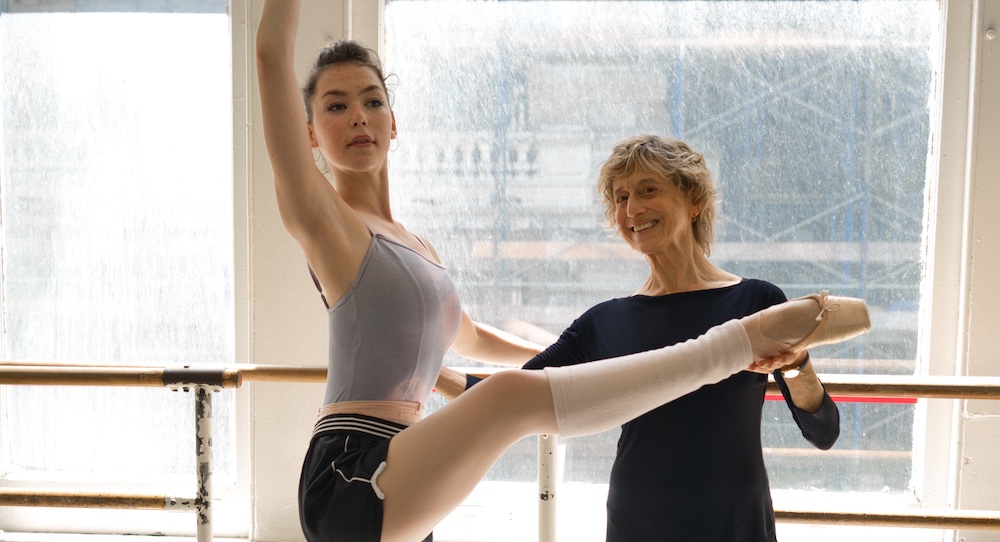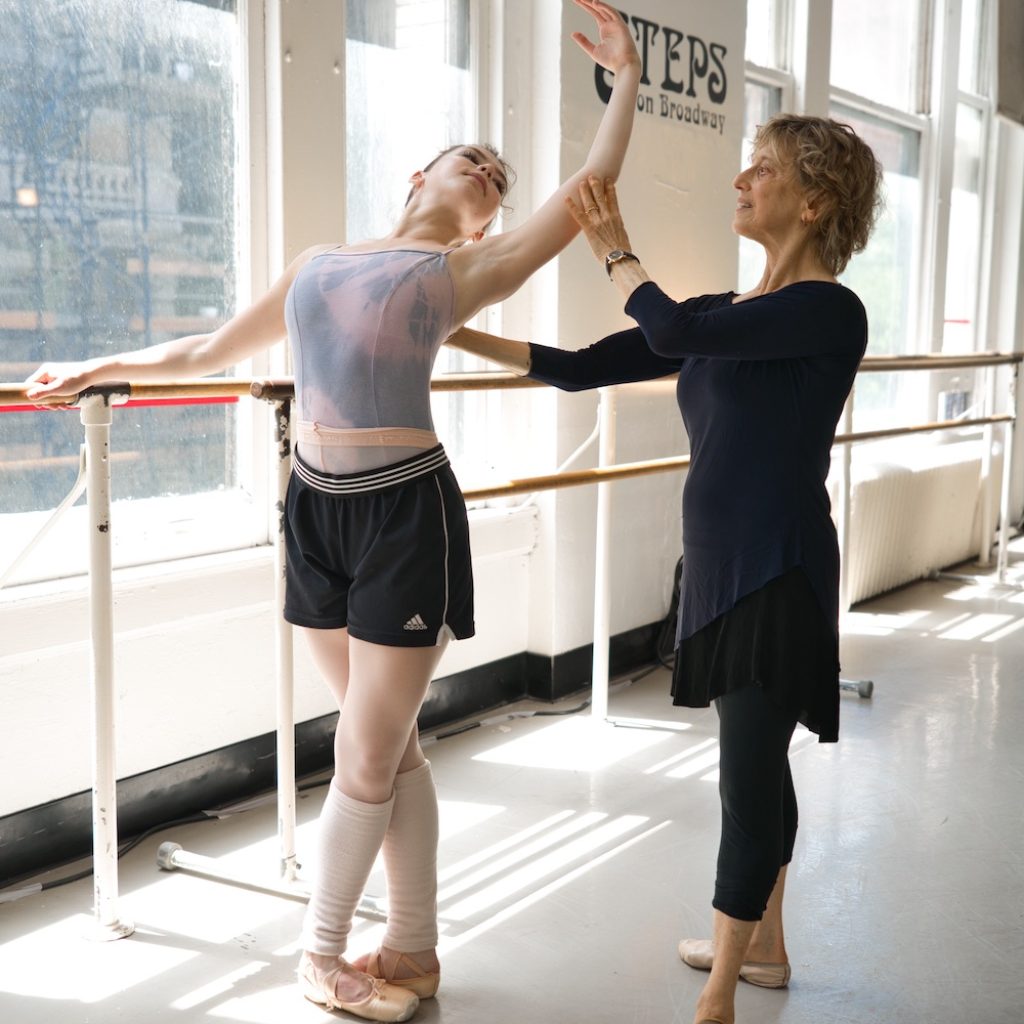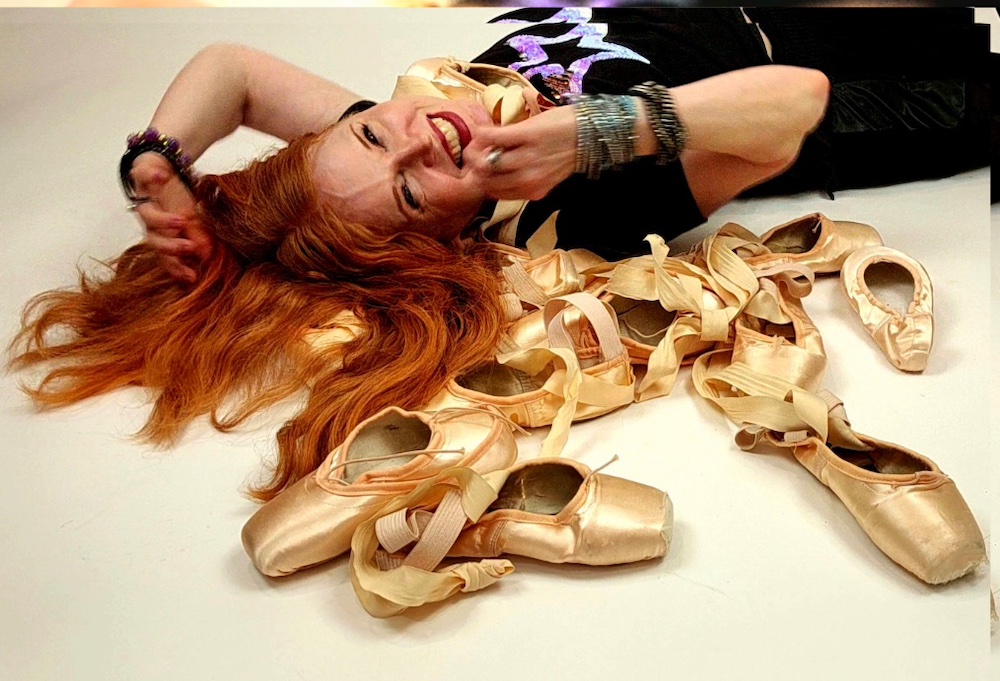Every ballet dancer wants flawless pointe work. Great pointe technique can get you noticed and make you stand out at a summer program or ballet company audition. The ability to make it look effortless is what separates the artists from the dilettantes. What can you do to improve your pointe technique? Can you identify your weaknesses? How can you hone your craft to be the best dancer you can be?
First and foremost, every dancer needs a great coach. Behind all the gorgeous ballerinas you see onstage, there are always remarkable mentors offstage. I asked master teachers Nancy Bielski and Jessica Saund about how to elevate your pointe technique and take it to the next level.
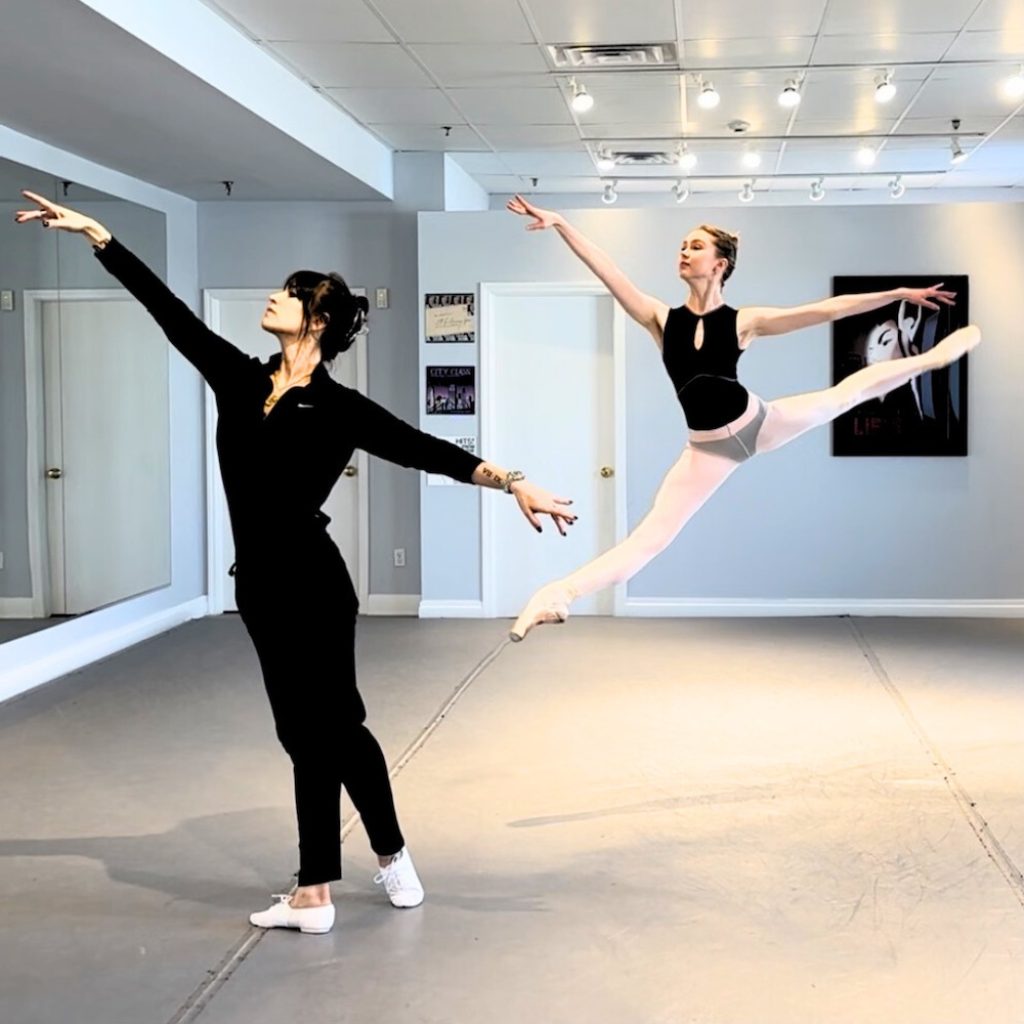
Jessica Saund, a former dancer with English National Ballet (ENB) and American Ballet Theatre (ABT), is currently a guest teacher, private coach and instructor at Steps on Broadway. Two of her private students were recently awarded contracts at ENB and Stuttgart Ballet. She feels that pre-professional students could benefit from more classes en pointe and says the pointe shoes should be like a second skin. Saund adds that consistent training is a must, and for some, competitions are beneficial.
Nancy Bielski danced with Boston Ballet, Cincinnati Ballet and Harkness Ballet Company. She teaches company class at ABT and professional level classes at Steps on Broadway. She believes that good pointe work stems from good ballet technique and should involve the legs, not just the feet. She feels that pre-pointe is crucial for young dancers, as well as getting them up high on their hips, legs and demi-pointe. She feels that the pointing of the feet has to come from the stretch of the legs and ankles, not by curling the toes. There needs to be a stretch through both legs with muscles and bones up high. When coming down off of a pointe shoe, there has to be a lift in the ankles with no collapsing down. Feet just have to be worked more en pointe.
Professionals are a different matter. Saund feels it is important to have well-paced classes in order to get the body warm, worked out, and ready for rehearsals and performances. She states that her classes are driven by music, and the most important thing is the timing of the exercises. It gets the dancers moving and ready for difficult pointe work. She works individually with each dancer based on their different needs. Bielski feels the same about warming up the dancers. She says at the barre, the exercises she gives are simple so the dancers can get warmed up. She gives combinations that are musically challenging to help the dancers find fifth position. At the barre and center, she makes sure to give things that make the body, legs and feet really move.
Taking class alone isn’t enough. Both Bielski and Saund recommend cross-training with Pilates or Gyrotonics. Saund feels that cross-training is helpful to work muscles and to balance the body in a way that ballet alone does not. She says that dancers have to find what works best for their individual body. That could be a personal trainer and working out with weights or resistance training.
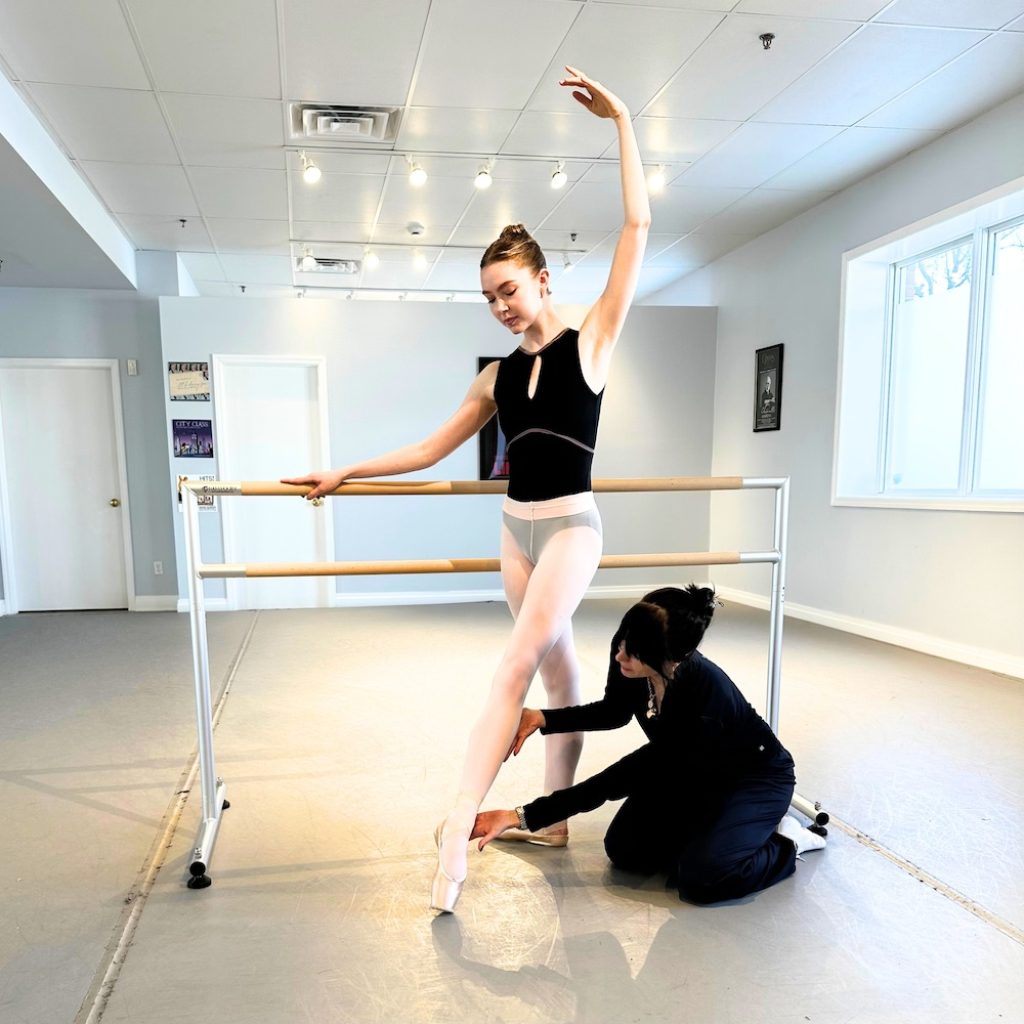
When aspiring to dance on an elite level, it is important to have well-fitted pointe shoes. Aesthetics count for a lot here and it is important to have a sleek, elegant line. The goal is to have the shoes disappear into the body so they look like an extension of the leg. Take a break from scrolling social media and really take a look at how the shoes fit your feet. Are the shoes enhancing your look, or do they look like you threw on a sneaker? Ask your teachers what they honestly think. Both Bielski and Saund like Freed of London and Bloch pointe shoes. Saund says it is because of the supple nature of the shoes and the ability to custom order. Bielski feels those brands allow the dancer to really extend through their line. She adds wisely that pointe shoes are really pricey, so be careful about what you choose.
There is always the question of the validity of virtual training. Most everyone is back to in-person classes, but is the virtual element justifiable? Bielski and Saund agree that online classes can be a convenient way to make sure you get in your daily classes. Saund says during the pandemic, virtual training was beneficial and important, but it is not a replacement for in-person training. It is essential for the teacher to see the dancer up close and physically correct them. Bielski echoes the same sentiment and adds that she has given private lessons, company class, open class and injury rehabilitation online. With proper coaching and well-structured exercises, it is possible to gain more knowledge with online classes. The virtual component is meant to augment the in-person work. Variations can even be coached virtually if the teacher and dancer have worked together previously. But again, it is always best to train in person.
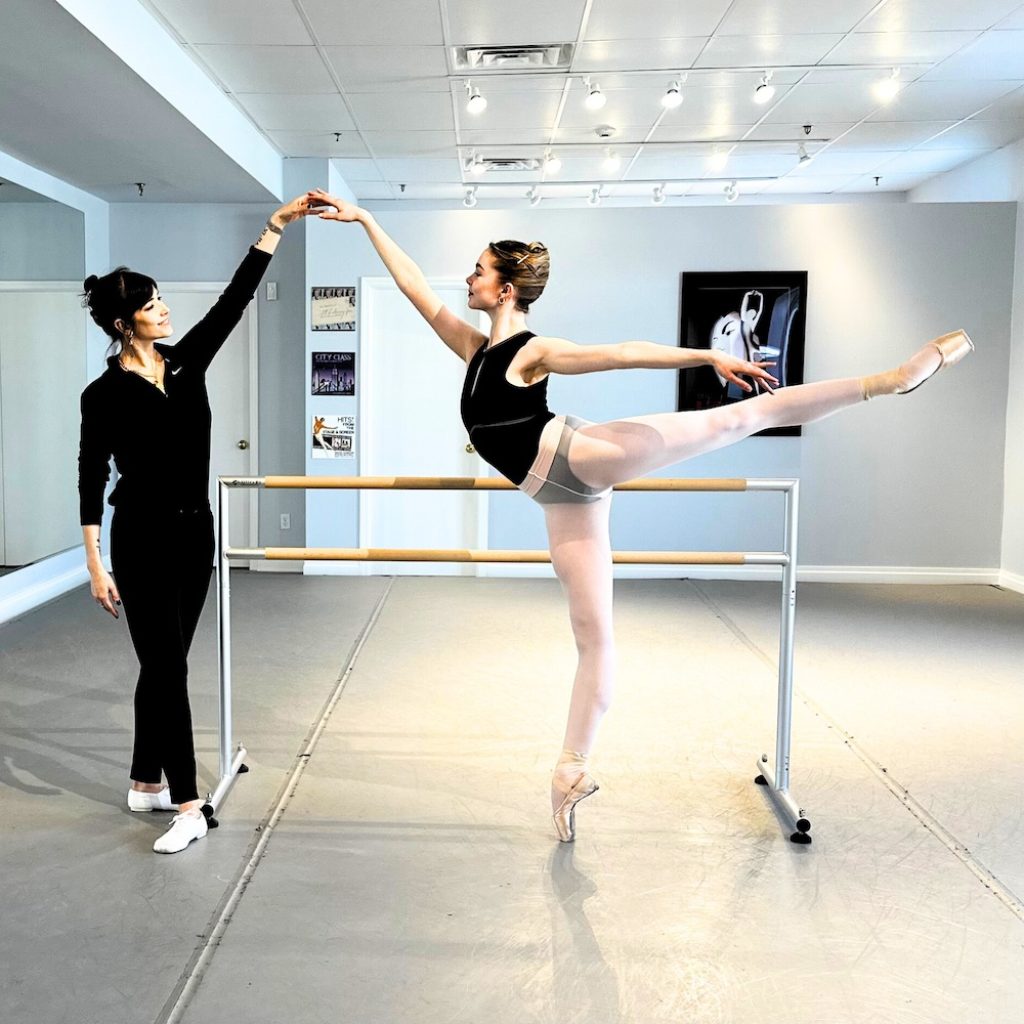
Summer programs and company auditions are usually jam-packed with other hopeful dancers. What can you do to stand out in the crowd? Bielski states it is important to focus in class and do the exercises the teacher gives you. Don’t make up your own class. Why are you spending all that money to take lessons and then do your own steps? Put a lot of energy into your work, and pay attention to how you present yourself. If you want to stand out, you have to be eager to learn. Saund says getting noticed comes from within the dancer. Work ethic, ballet intelligence and presence.
And the master teachers’ final thoughts on elevating your training? Saund says always remember to create an atmosphere for yourself to focus on your technique during class, no matter who is instructing. Bielski says if you are a dancer, find a teacher you trust to mentor you and help you out. Don’t ask your friend next to you; find someone who has loads of experience. It is okay to feel nervous about asking for coaching, but don’t. It is the teacher’s job to help you. Saund adds this final thought: You don’t get results by focusing on the results. You get results by focusing on practice and habits that produce results.
By Mary Carpenter of Dancewithmary NYC.
Mary Carpenter is a former professional ballet dancer who began her studies at CCM, the official school for the Cincinnati Ballet Company, and was on scholarship at the David Howard Dance Center. Mary also holds a BA with high honors in dance from Butler University. She has danced for the Metropolitan Opera Ballet, Ohio Dance Theatre, Granite State Ballet, Maryland Ballet, Lexington Ballet and Charleston Ballet, and performed in numerous off-Broadway shows. Mary has contributed to the dance community as a dedicated instructor in ballet, Pilates and Progressing Ballet Technique (PBT), and served on the faculty of Broadway Dance Center, the Ballet Hispánico School of Dance, Barnard College and The New School University. She is current faculty for Ballet Academy East and the world-famous Steps on Broadway. Her classes for adult beginners are available virtually on the Dancio.com website. With over three decades of experience, Mary has become a highly skilled pointe shoe fitter. She has worked with dancers from prestigious companies such as American Ballet Theatre (ABT), The Royal Ballet and New York City Ballet. Her expertise in fitting pointe shoes has led her to give lectures at renowned summer programs, including ABT/JKO, Dance Theatre of Harlem, NYSSSA and Oklahoma Summer Arts in Quartz. In 2015, Mary launched her YouTube channel, “Dancewithmary NYC,” where she shares her knowledge and expertise on pointe shoes through monthly segments. Her channel has become a valuable resource for dancers and teachers seeking guidance and advice.


